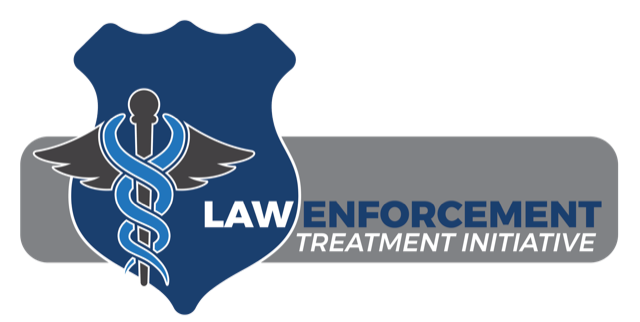What is Stigma?
When it comes to substance use disorder (SUD), stigma refers to a bias against individuals who struggle with SUD. This harmful attitude often stems from the outdated belief that SUD is a moral failing. We know this simply isn’t true.
SUD is a chronic, yet treatable condition, like heart disease or diabetes.
Unfortunately, many of the words used to describe individuals with SUD evoke harmful negative judgements. This includes instances where words like “addict” or “junkie” are used to describe a person with SUD.
Labels like these can negatively impact someone’s willingness to seek treatment and/or lead to social and familial ostracization. It can even result in discrimination by healthcare providers, where dehumanizing patients with stigmatizing language can significantly impact the quality of care provided and influence decisions like whether a client receives or remains in treatment.
Here at Gaudenzia, our team is committed to using non-stigmatizing, person-centered language that reflects an accurate understanding of the science behind SUD.
Language as a Barrier
Visitors to our website may notice that we use language sometimes considered stigmatizing on certain pages. For some, this is the only way they know to refer to themselves or to loved ones seeking treatment. While this is not the language we use in our programming, it is often the only way potential clients can reach us.
One of our highest priorities will always be to remain accessible to the diverse client population we serve. When a person in crisis queries an online search for “addiction treatment near me,” rather than searching for “substance use disorder treatment,” we want them to find the help they need.
We do, however, believe that destigmatizing SUD is essential. Our words matter, and treatment providers have a great responsibility to exhibit strong leadership in this area. As our society’s understanding of SUD and co-occurring disorders deepens, our language must evolve to reflect this.







